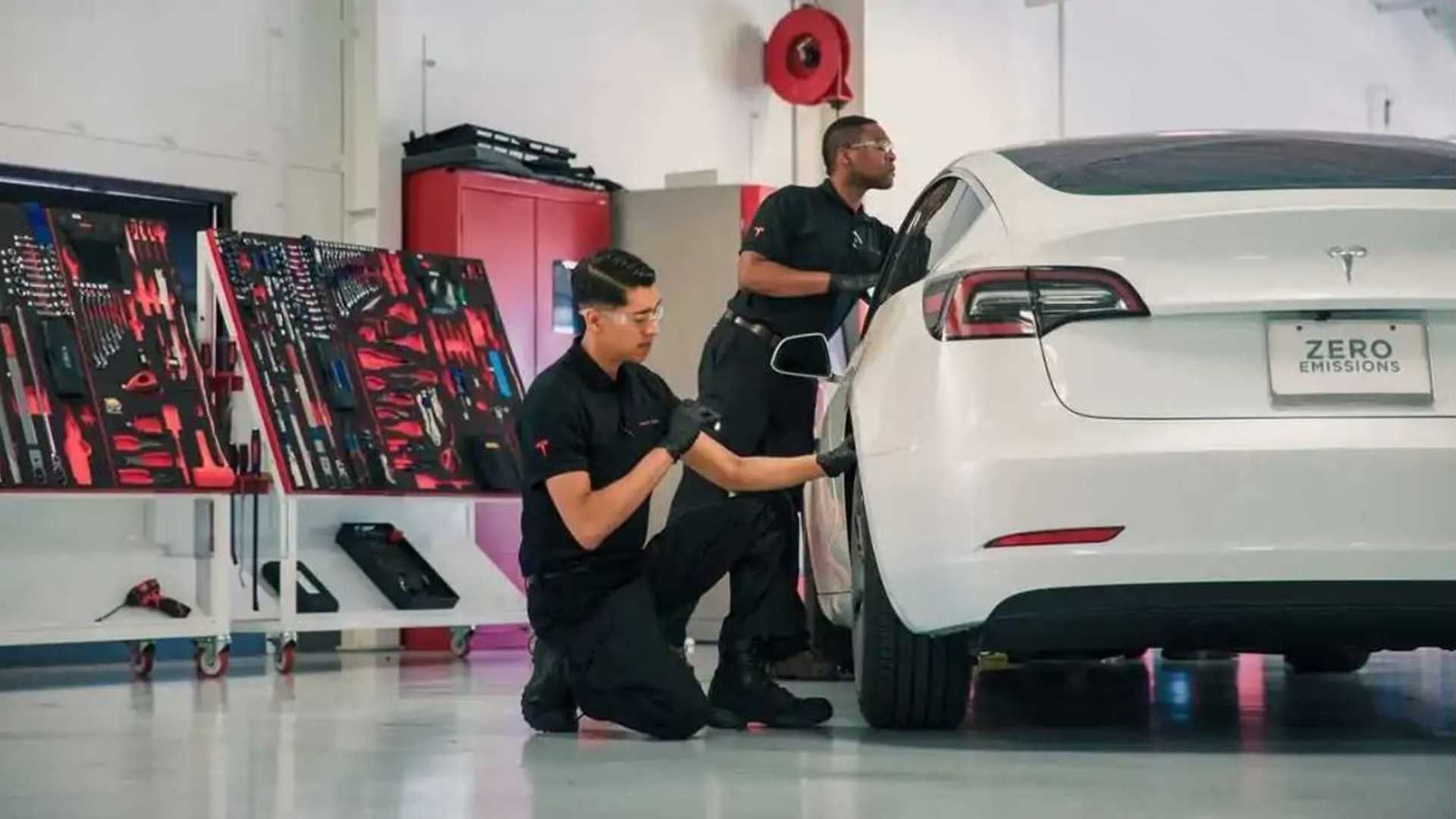Introduction
Tesla has revolutionized not just how cars are powered, but also how they’re maintained. Unlike traditional vehicles with complex internal combustion engines, Tesla’s electric vehicles (EVs) have fewer moving parts and different maintenance requirements. This comprehensive guide breaks down what Tesla owners can expect to pay for maintenance over time, helping prospective and current owners budget appropriately for their Tesla ownership experience.
Basic Maintenance Requirements
Regular Service Intervals
Unlike traditional vehicles that require oil changes every few thousand miles, Tesla’s maintenance schedule is remarkably different. The company recommends:
- Tire rotation every 6,250 miles
- Brake fluid check every 2 years
- Air conditioning service every 2-6 years
- Cabin air filter replacement every 2-3 years
- HEPA filter replacement (Model S/X) every 3 years
Annual Inspections
While Tesla doesn’t require annual service visits, they recommend regular inspections of:
- Tire condition and pressure
- Brake system components
- Windshield washer fluid levels
- Air conditioning system
- Battery coolant levels
Cost Breakdown by Component
Tires and Wheels
Tesla vehicles are known for their higher tire wear due to their instant torque and heavy weight:
- Tire rotation: $50-100 per service
- Tire replacement: $200-400 per tire
- Wheel alignment: $100-200
- Premium tire options: $250-500 per tire
- Expected lifetime: 25,000-40,000 miles depending on driving style
Brakes
Tesla’s regenerative braking system reduces traditional brake wear:
- Brake fluid service: $100-150 every 2 years
- Brake pad replacement: $300-400 per axle
- Brake rotor replacement: $350-500 per axle
- Expected lifetime: 70,000+ miles for brake pads
Battery Maintenance
The battery is Tesla’s most crucial component:
- Battery coolant check: Part of regular service
- Battery replacement (rare): $5,000-16,000 (typically covered under warranty)
- Battery warranty: 8 years or 100,000-150,000 miles
- No regular maintenance required beyond coolant checks
Filters and Fluids
Regular replacement of filters and fluids is necessary:
- Cabin air filter: $60-200
- HEPA filter (Model S/X): $200-300
- Windshield washer fluid: $5-10
- Air conditioning service: $200-300
Model-Specific Costs
Model 3 Maintenance
Tesla’s most affordable model has correspondingly lower maintenance costs:
- Average annual maintenance: $300-600
- Tire costs: Lower due to lighter weight
- Common issues: Minor electronics, door handles
- Expected total 5-year maintenance: $1,500-3,000
Model Y Maintenance
The popular crossover has similar costs to Model 3:
- Average annual maintenance: $350-700
- Tire costs: Slightly higher due to size
- Common issues: Climate control, suspension
- Expected total 5-year maintenance: $1,750-3,500
Model S Maintenance
The flagship sedan has higher maintenance costs:
- Average annual maintenance: $600-1,000
- Tire costs: Higher due to performance options
- Common issues: Air suspension, MCU
- Expected total 5-year maintenance: $3,000-5,000
Model X Maintenance
The most complex Tesla typically has the highest maintenance costs:
- Average annual maintenance: $700-1,200
- Tire costs: Highest due to size and weight
- Common issues: Falcon wing doors, air suspension
- Expected total 5-year maintenance: $3,500-6,000
Common Repairs and Their Costs
Electronic Components
Tesla’s advanced electronics occasionally require attention:
- Screen replacement: $1,500-2,500
- Door handle mechanism: $150-400
- Key fob replacement: $150-250
- 12V battery replacement: $200-300
Suspension Systems
Air suspension systems (where applicable):
- Air suspension compressor: $800-1,200
- Suspension strut replacement: $1,000-1,500
- Control arm replacement: $400-600
- Wheel bearing replacement: $200-400
Body Work and Paint
Tesla-specific body work can be costly:
- Minor dent repair: $150-300
- Paint touch-up: $500-1,000
- Panel replacement: $1,000-2,500
- Full paint job: $5,000-10,000
Cost-Saving Strategies
Preventive Maintenance
Regular attention to these areas can prevent costly repairs:
- Tire rotation and alignment
- Battery charge management
- Regular cleaning and inspection
- Prompt attention to warning messages
- Software update installation
Insurance Considerations
Proper insurance coverage can help manage unexpected costs:
- Comprehensive coverage importance
- Tesla insurance options
- Third-party insurance comparisons
- Gap insurance considerations
- Service plan options
Extended Warranty Options
Understanding warranty coverage options:
- Standard warranty coverage
- Extended service agreement
- Third-party warranty options
- CPO warranty benefits
- Coverage limitations
Comparison with Traditional Vehicles
Cost Analysis
Tesla maintenance compared to luxury ICE vehicles:
- Lower routine maintenance costs
- Fewer regular service requirements
- Higher specialized repair costs
- Lower fuel costs
- Different insurance considerations
Long-term Savings
Areas where Tesla ownership can save money:
- Fuel costs vs. electricity
- Fewer moving parts
- Regenerative braking
- Over-the-air updates
- Tax incentives and rebates
Regional Cost Variations
Service Center Availability
How location affects maintenance costs:
- Urban vs. rural areas
- Service center proximity
- Mobile service coverage
- Third-party service options
- Regional labor rates
Climate Considerations
Weather impact on maintenance needs:
- Cold weather battery care
- Hot weather cooling system demands
- Salt exposure in winter
- UV exposure protection
- Temperature effects on range
Future Maintenance Considerations
Technological Improvements
How Tesla’s evolving technology affects maintenance:
- Software updates reducing issues
- Improved component longevity
- Enhanced diagnostic capabilities
- New feature additions
- Repair process improvements
Market Developments
Changes in the maintenance landscape:
- Growing service network
- Third-party repair options
- Parts availability
- Training programs
- DIY possibilities
Conclusion
While Tesla vehicles generally require less regular maintenance than traditional cars, owners should still budget for regular care and potential repairs. The total cost of ownership often proves lower than comparable luxury vehicles, especially when considering fuel savings and fewer moving parts. Understanding these costs and following recommended maintenance schedules can help ensure a positive ownership experience and maintain your Tesla’s value over time.

